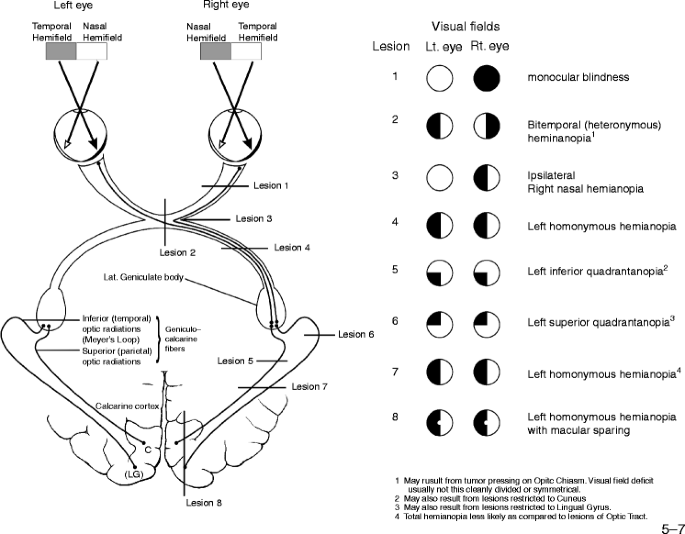1) Hypoxemia --> low blood O2 levels.
Hypoxia --> low tissue oxygenation wrt demand
Types of hypoxia
1. Hypoxemic
2. Stagnant
3. Histotoxic
4. Anemic
5. O2 affinity hypoxia
Thanks to @kcolenaj
Hypoxia --> low tissue oxygenation wrt demand
Types of hypoxia
1. Hypoxemic
2. Stagnant
3. Histotoxic
4. Anemic
5. O2 affinity hypoxia
Thanks to @kcolenaj

2) The problem arises if you define O2 content of blood purely as PaO2 or as PaO2+ oxyHb saturation --> for this is the total O2 content of blood.
If we eliminate oxyHb, O2 content of blood becomes less meaningful since the lion's share of O2 is carried by hemoglobin!
If we eliminate oxyHb, O2 content of blood becomes less meaningful since the lion's share of O2 is carried by hemoglobin!
3) If you consider oxyHb + PaO2 in total the anemic and O2 affinity forms of hypoxia must necessarily be a cause of hypoxemic hypoxia --> since anemia (reduced Hb) or increased O2 affinity --> cause HYPOXEMIA!
4) If not, anemic and O2 affinity hypoxia may be classified separately.
Mechanisms of hypoxemic hypoxia
1. Low FiO2
2. Alveolar hypoventilation
3. V/Q mismatch
4. Shunts --> severe V/Q mismatch
5. Diffusion limitation aka alveolocapillary membrane problems
Mechanisms of hypoxemic hypoxia
1. Low FiO2
2. Alveolar hypoventilation
3. V/Q mismatch
4. Shunts --> severe V/Q mismatch
5. Diffusion limitation aka alveolocapillary membrane problems
5) Any of the 5 classical mechanisms of hypoxic hypoxemia --> less O2 delivery to blood --> less O2 delivery to tissues.
If the surrounding lung parenchyma can provide compensatory CO2 elimination --> there is only hypoxemia/hypoxia --> type 1 respiratory failure.
If the surrounding lung parenchyma can provide compensatory CO2 elimination --> there is only hypoxemia/hypoxia --> type 1 respiratory failure.
6) If there is extensive lung damage with no lung reserve for compensatory CO2 elimination --> hypoxemia/hypoxia with hypercarbia --> type 2 respiratory failure.
In practice, hypercarbia is caused by extensive lung damage or low alveolar hypoventilation.
In practice, hypercarbia is caused by extensive lung damage or low alveolar hypoventilation.
7) Thus type RF is due to
1. Any extensive lung ds
2. Alveolar hypoventilation
1. Any extensive lung ds
2. Alveolar hypoventilation
8) Alveolar hypoventilation is due to
1. CNS -> head injury, intoxication
2. AHC +/- PN -> GBS, ALS, phrenic neuropathies
3. NMJ -> myasthenic crisis
4. Muscle --> diaphragamtic myopathy, structural abn like hernias
5. Chest wall -> Ank spond, kyphoscoliosis
1. CNS -> head injury, intoxication
2. AHC +/- PN -> GBS, ALS, phrenic neuropathies
3. NMJ -> myasthenic crisis
4. Muscle --> diaphragamtic myopathy, structural abn like hernias
5. Chest wall -> Ank spond, kyphoscoliosis
I hope you find this tweet helpful!
Please retweet if you do!
#MedTwitter
#hypoxia
#hypoxemia
#hypercarbia
#respiratoryfailure
#CriticalCare
Please retweet if you do!
#MedTwitter
#hypoxia
#hypoxemia
#hypercarbia
#respiratoryfailure
#CriticalCare
@threadreaderapp unroll
• • •
Missing some Tweet in this thread? You can try to
force a refresh







